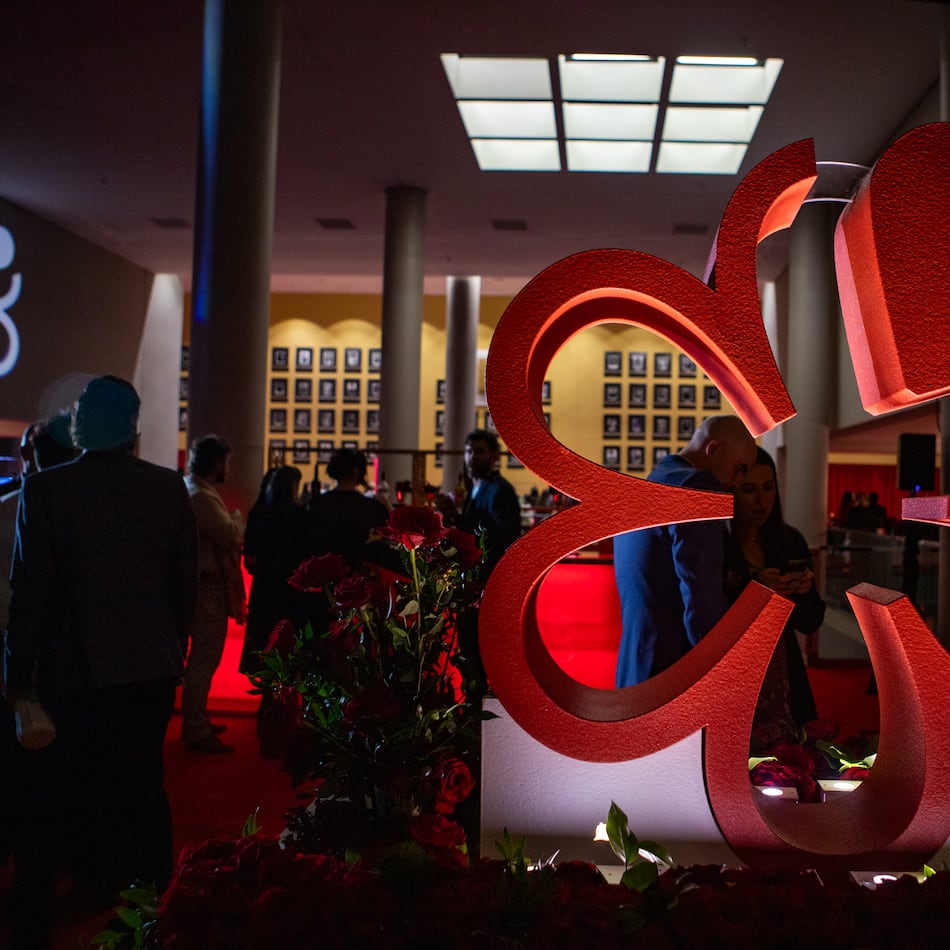On a busy day, flags were planted Saturday in Columbus, Ohio, Chapel Hill, N.C., and Tallahassee, Florida. A trident was driven into the earth in Tucson, Arizona.
Tempers flared, umbrage was taken, and many hands were wrung. But at least we can expect a bumper crop of flags come the spring harvest.
The only thing more impressive than the volume of flag planting on rivalry Saturday was the offense taken by it.
Poor sportsmanship. Disrespectful. What are you doing trying to plant a flag in artificial turf?
Is it possible that it can just be a fun part of rivalry games?
It’s one of the traditions that makes college football a different (and arguably better) sport than the NFL, right along with marching bands, fight songs and coaches being the highest-paid public officials in their states.
Can you imagine the Falcons planting a flag on the Saints’ fleur de lis in the Superdome?
I guess you would first have to be able to imagine the Falcons winning in the Superdome, but that’s beside the point. But you probably can’t imagine it, because it would never happen.
The rivalries in college sports are way more meaningful, and this is just one more expression of it. With college football becoming more like its professional cousin with the ease of transfer and name, image and likeness payments, it’s a line of demarcation that’s worth embracing.
No one is being harmed by a flag plant. The visiting team is not actually taking possession of the field. The game has already been decided and the act is merely a symbol of what just happened. It’s basically a trophy, albeit a visceral one.
For players on the losing team and their fans, it’s a bitter pill to swallow after losing the game, but here’s the question – if your team was the one celebrating with a flag plant in your rival’s stadium, would you protest?
Of course you wouldn’t. Chances are you would say things like, “If they don’t like it, they should go find their own Connor Stalions” or “Stop acting like babies” or “Woof woof woof!” (The last one applies only to Georgia fans.)
And that’s the thing. If fans want to see their own team plant their school’s flag after beating its rival in its stadium – or if players want to be permitted to do so – then they have to be willing to accept that their rival can do the same.
Go back to your locker room, leave the stands or turn off the television. You don’t have to watch. Or, burn it into your memory and vow to take revenge in a year’s time. What does stopping a flag planting accomplish?
Former Georgia Tech center Freddie Burden lived both sides of it. In 2014 and 2016, he helped the Yellow Jackets win at Sanford Stadium and plucked pieces of the stadium’s famed hedges as a souvenir.
“I’ve got ‘em in a plastic bag in one of my closets where I keep all of my old (football) stuff,” he told The Atlanta Journal-Constitution Sunday.
And he also was on the losing side in 2015 when Georgia players, motivated by the unauthorized pruning, stuck a “G” flag in the Bobby Dodd Stadium field after defeating the Jackets. There were no brawls. The flag did not remain stuck in the turf in perpetuity. The sun rose the following day. And, actually, Tech beat UGA in Athens the following year, with players saying they took motivation from it.
It probably helped that Bulldogs players did not stick the flag in the “GT” logo but near the goal line near the Georgia bench, according to an AJC image from the game. Burden, a senior manager with Atlanta-based Barton Muhammad Search, also recalled Georgia players tearing up pieces of sod after winning in Bobby Dodd. He did not waste his breath trying to stop them.
“It was never a situation where we wanted to go over there and fight them because of it,” Burden said. “It’s the rivalry, right? Just like we took the hedges. (The Bulldogs) deserved it, they won the game. That’s just it.”
He doesn’t even actually remember Georgia’s postgame celebrations from 2015.
Had he seen it happen, “I probably would have just stayed out of it,” Burden said. “They’re celebrating. By the time they did it, I would have shaken hands and just jogged to the locker room. I don’t even know why a lot of (losing) teams are (still) out there.”
Likewise, Georgia players witnessed Tech players tearing off pieces of the hedges but refrained from confrontation. But, before the 2018 Tech-Georgia game, video of the trimming was played on a loop in the UGA weight room. It was more than enough fuel for the Bulldogs.
It is worth noting that in that same year, both schools agreed to put a stop to tearing up the Bobby Dodd turf and pulling apart the hedges. And that seems like a reasonable line to draw, as it constitutes actual destruction of property.
But, again, flag planting might bruise players’ and fans’ pride, but to call it any more than that seems excessive. The most important offense has already been committed on the scoreboard. If you’re going to be upset about something, maybe focus on your run defense. Flag planting is just superfluous.
As Burden put it, “If you don’t want it to happen, then win the game. Use some of that energy to win the game.”
If coaches, players or fans are going to be offended be it, then they’re basically agreeing to never repeat it in their rival’s stadium because it’s such a heinous act that their school would never stoop that low. (Which, of course, it would.)
It would not be a surprise if the NCAA moves to ban flag planting. If that happens, it would be unfortunate.
Victorious players running around the field with a prop deed to the stadium just doesn’t have the same impact.
About the Author
Keep Reading
The Latest
Featured




